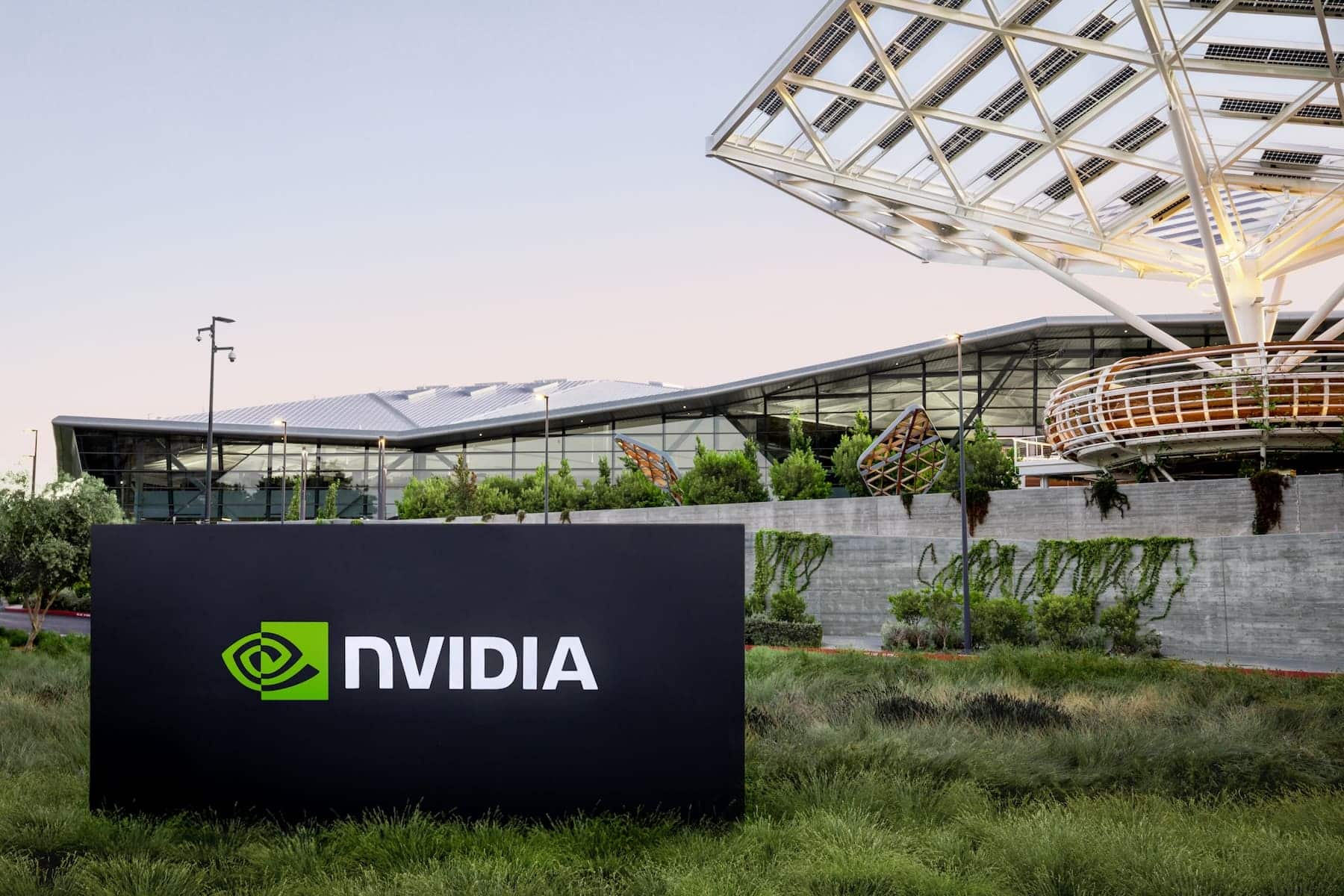NVIDIA’s next-generation AI hardware, known as Rubin, is expected to face a delay of approximately four to six months. According to a report by Fubon Research—part of one of Taiwan’s largest banks—the company is redesigning its line to respond more aggressively to AMD’s offensive in this segment.
This redesign is driven by the specifications of AMD’s upcoming Instinct MI450 series. These GPUs, set to compete with NVIDIA’s Vera Rubin series, will feature configurations of IF64 and IF128, and up to 432 GB of HBM memory per GPU. Additionally, AMD is betting on a modular architecture based on Infinity Fabric over Ethernet, which will ease deployment in racks and could accelerate adoption in data centers.
Aware that AMD plans to significantly increase memory capacity and scalability, NVIDIA aims to introduce Rubin configurations capable of counteracting these advantages.
The report notes that this redesign will limit Rubin’s production volume in 2026, similar to the current situation with Blackwell Ultra. The launch window will align with the arrival of MI450 in the market, potentially delaying the release of the Rubin Ultra variant as well.
While the exact reasons for the delay haven’t been detailed, some analysts suggest that NVIDIA’s rapid product cycle might be causing bottlenecks in development and manufacturing, prompting the company to adjust its plans to maintain its technological edge.
The competition between NVIDIA and AMD for AI hardware leadership is intensifying. While NVIDIA maintains a dominant position, AMD is gaining ground with solutions promising greater memory capacity, modularity, and efficiency for large-scale computing environments. Rubin’s strategy could set the pace for the next major battle in the AI market, where every advancement in performance, latency, and memory capacity can lead to multi-billion dollar contracts.
Frequently Asked Questions (FAQ)
What is NVIDIA’s Rubin architecture?
Rubin is the codenamed next-generation GPU architecture from NVIDIA for AI workloads, succeeding Blackwell, designed for high-performance data center tasks.
Why is NVIDIA delaying Rubin?
Reports indicate that NVIDIA is redesigning Rubin to better compete with AMD’s upcoming Instinct MI450 series, which promises substantial improvements in HBM memory and scalability.
When is Rubin expected to launch?
With the delay, Rubin could be released sometime in 2026, initially with limited availability.
What impact will this have on the AI market?
It could heighten competition between NVIDIA and AMD, benefiting customers seeking higher performance and efficiency in AI environments.
via: wccftech

